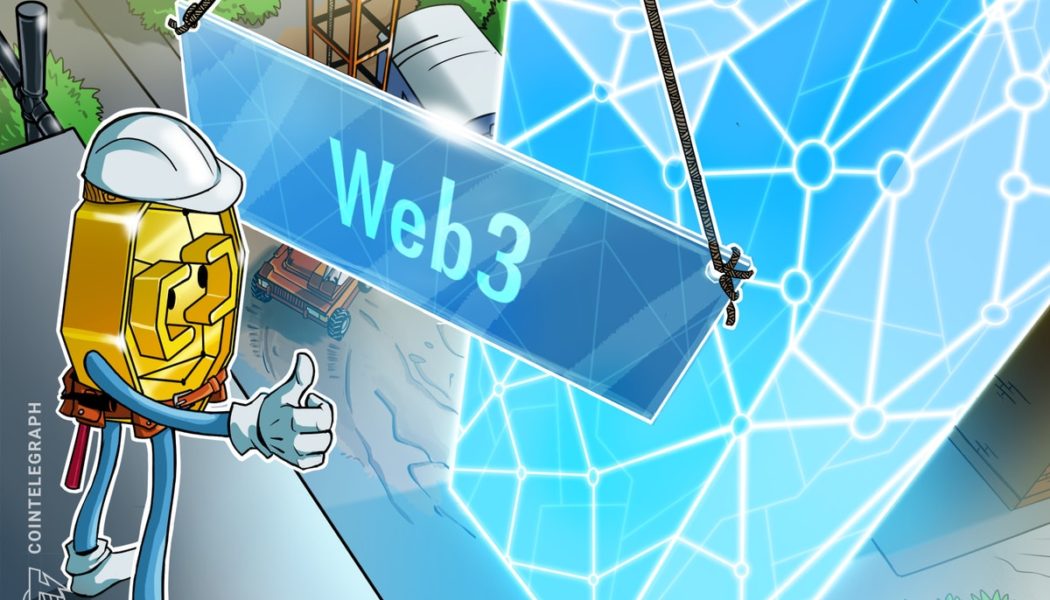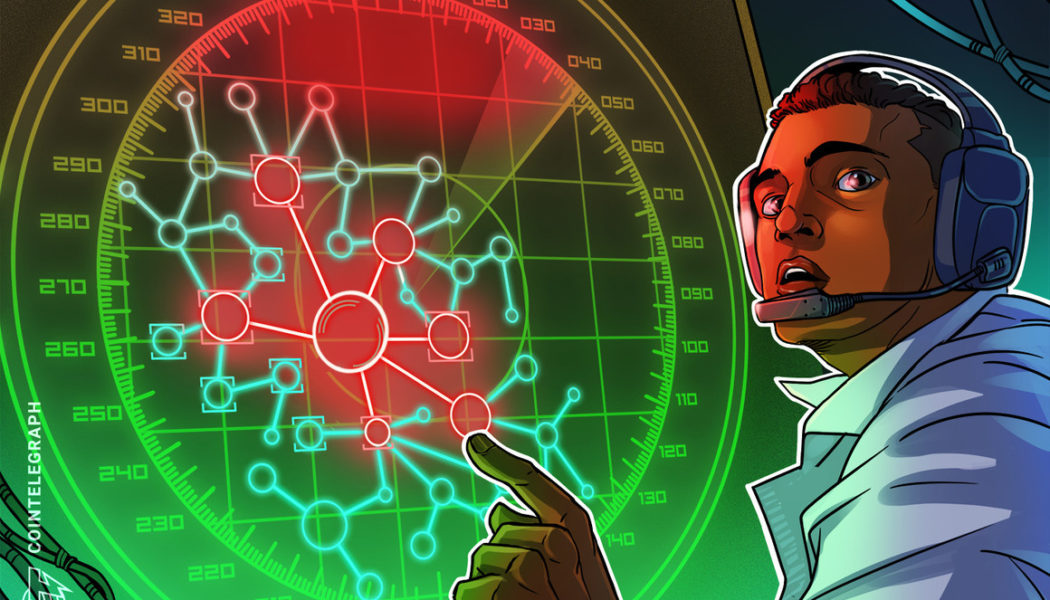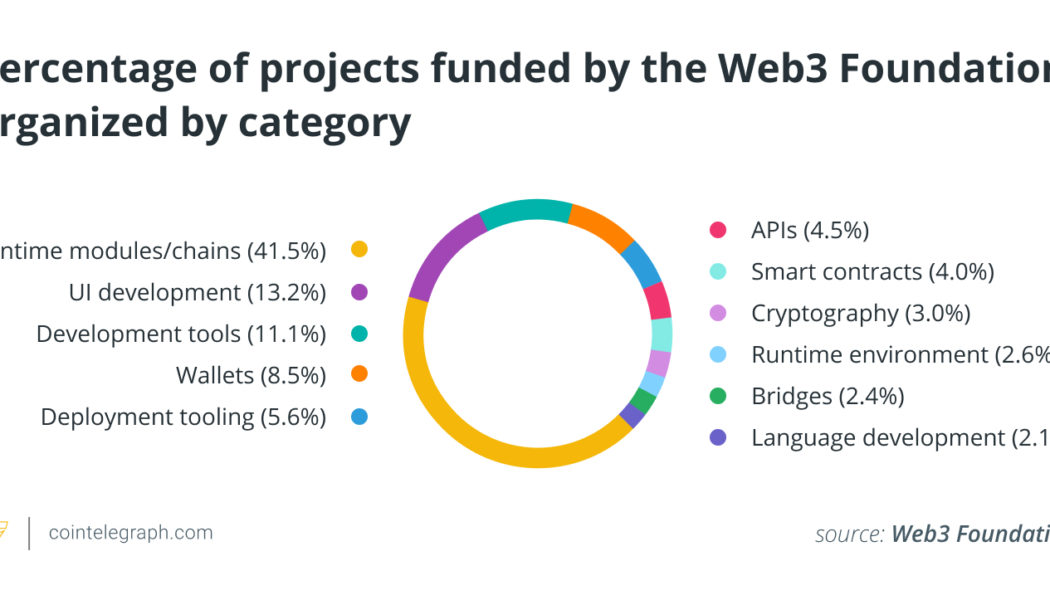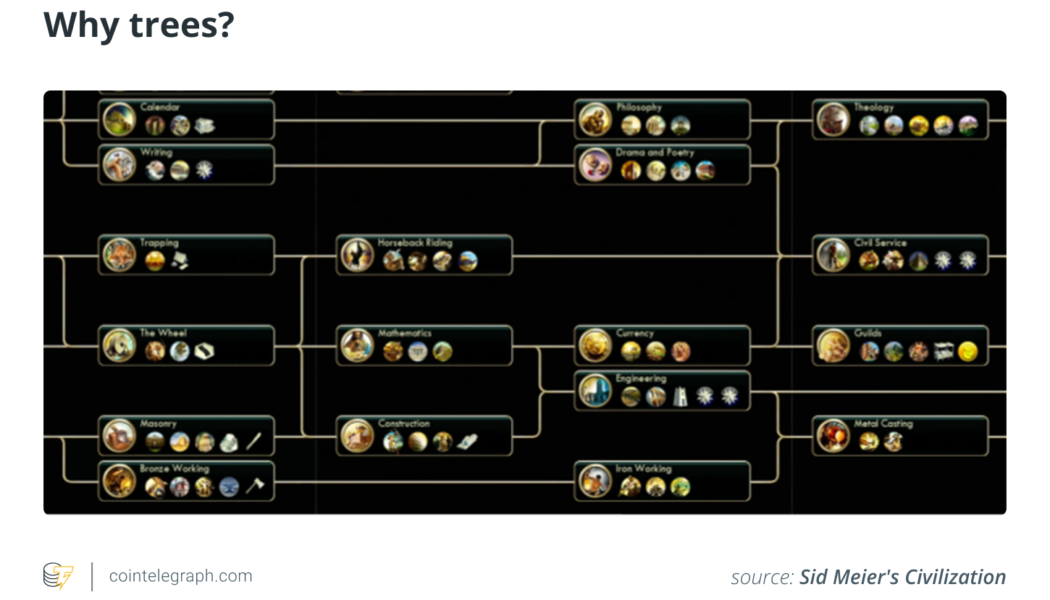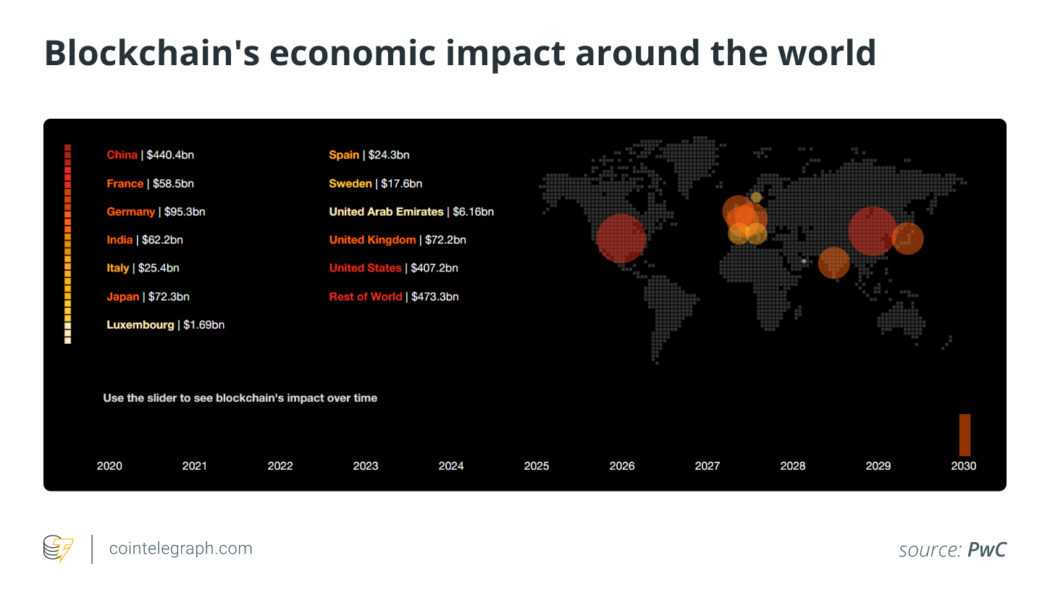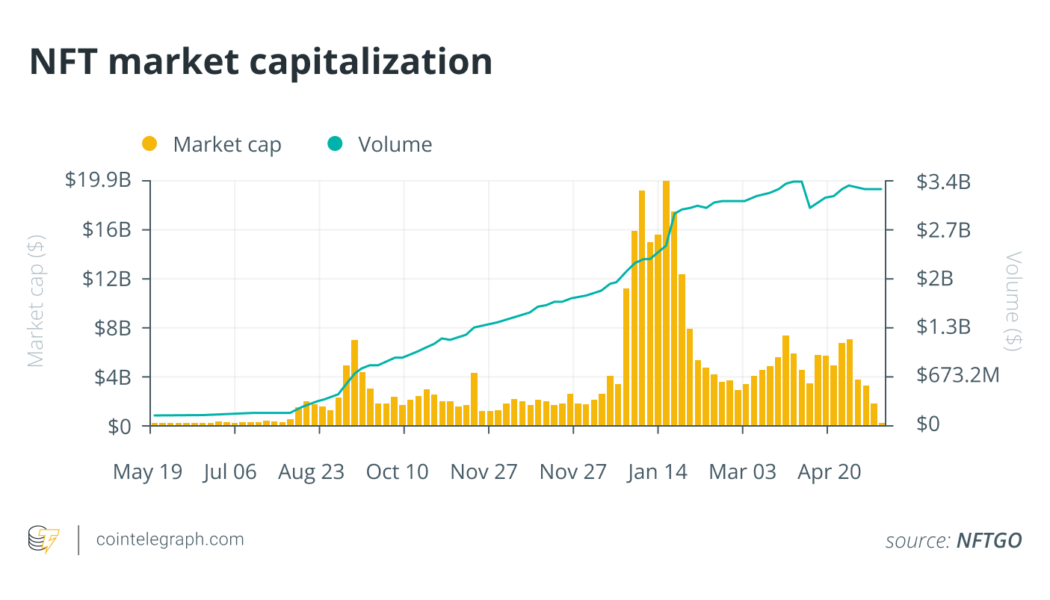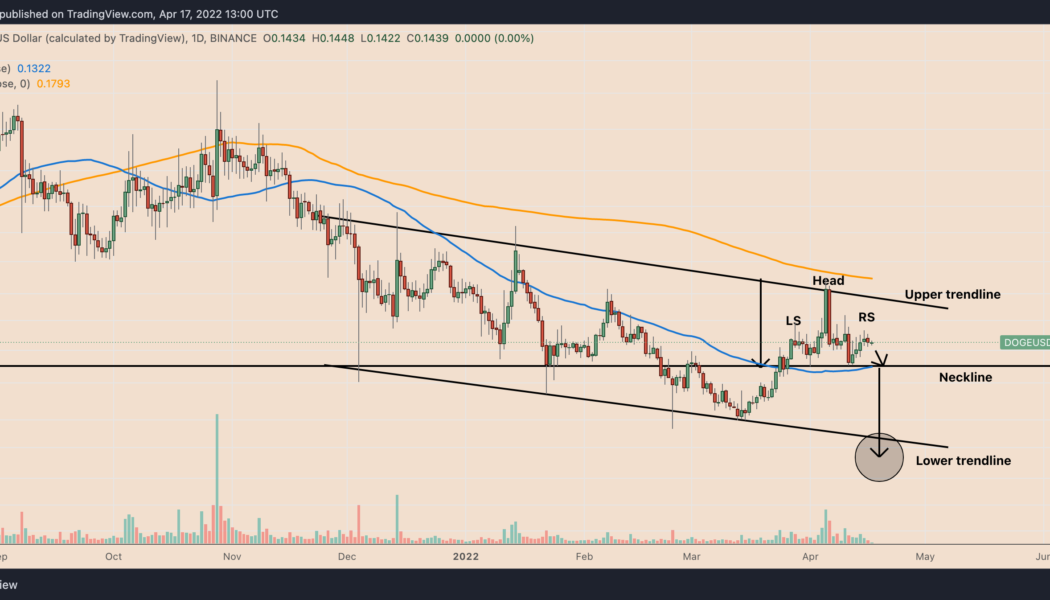Internet
Users need to go under the engine in Web3 — HashEx CEO
Hacking in Web3 is easy because it uses the same pattern that’s been used since the inception of the internet — pretending to be someone else. Due to the complexity and the “cool factor” of Web3 projects, one can easily — and mistakenly — assume that it takes Mr. Robot level of advanced hacking techniques to pull off a successful attack. In truth, however, it only takes a sinister ad placed on Google search results, an impostor Telegram group or a deviously-crafted email to break the security barriers of the Web3 ecosystem. Blockchain projects can use top-notch smart contracts, securely integrate crypto wallets and use best practices in each digital step across the board. But they still need help with the social aspect of user protection. Web3 takes the “ownership” from central entit...
Turkey has an obsession with crypto — Specifically Dogecoin: Study
The crypto market slump doesn’t mean interest in crypto is also down. A new study from the cryptocurrency education platform CryptoManiaks revealed that many countries are still scouring the internet, hungry for crypto-related information. According to the study, the Netherlands and Turkey take the top two spots, with 8.2% and 5.5% of the population, respectively, searching for crypto-related terms. Turkey particularly accounted for 4.7 million searches, leading the searches with sheer numbers. The study analyzed the combined number of searches for a select set of popular cryptocurrencies into a percentage of the population for each country in order to calculate the percentage of locals searching each month. While it was in second for overall searches, Turkey came in first place ...
Can internet outages really disrupt crypto networks?
In the wee hours of Oct. 18, several parts of Europe, America and Asia were left without any internet due to several undersea internet cables being “cut,” causing a chain reaction of connectivity problems across the globe. France, Italy and Spain, in particular, were faced with significant outages, with many experts claiming that vandals were to be blamed for the same. According to Jay Chaudhary, CEO of Zscaler — an American cloud security company — there is no doubt that nefarious third-party agents were to be blamed for the cut cables that resulted in packet data losses as well as latency for various websites and applications, adding that despite their best efforts authorities have been unable to pin down the individuals responsible for the attacks. Furthermore, it bears mentioning that ...
How adoption of a decentralized internet can improve digital ownership
Known as Web2, the current iteration of the internet emphasizes creating and distributing user-generated content. Websites like YouTube, social media apps like Instagram and Twitter, news sites, personal blogs and more make up a large part of the internet. Web2 is a step up from Web1, which was mainly a read-only web version filled with simple static websites. Web3 aims to bring decentralization and token-based economies to the internet. Web2 versus Web3 The development of several different web protocols at the beginning of the twenty-first century made it possible for programs and content to be linked via read-and-write interactions. Web2, in its present form, enables users to consume material created by other users and create their own content. Readers are probably best acquainted Web2. ...
DeSci: Tech trees to fund ambitious science and tech
Have you ever played the game series Civilization, created by designer Sid Meier? Through the years, much has changed, but one of the unchanging hallmarks of the series has been the technology tree. Why has it been such a stable component of this game? Because it allows you, on one look, to get a bird’s-eye view of the technological capabilities necessary to make progress on your audacious civilizational goals. Compare this with our real civilization. If we wanted to, we could probably map the many technological capability paths that got us to where we are today. After all, our current tech stack is what the Civilization tech tree is modeled after. What if we could build a tech tree that was future-facing, starting now? Reality is, arguably, more complex than a computer game. So, rat...
Hiring top crypto talent can be difficult, but it doesn’t have to be
Building a career or constructing a team in decentralized finance (DeFi) and crypto relies on finding talent, skills and the right attitude anywhere, in anyone. While this is no different than other industries, what makes ours unique are the much-needed, specialized skill sets combined with finding a good culture fit in an international and remote setting. Despite recent turbulence in markets, crypto companies continue building and growing. The increased energy and legitimacy in the industry over the years has many people wanting to make the switch from Web2 to Web3. This requires recruiters to sift through hundreds of applicants every month, but how do you find the right people who are enthusiastic about the ethos of the industry and excited to build impactful technology? Here are a few r...
NFT 2.0: The next generation of NFTs will be streamlined and trustworthy
Nonfungible tokens (NFTs) have been in the headlines for the past few years. While swaths of the population have tried to get their head around why NFTs exist, demand has soared, institutions have been built, and the lingo has entered our collective consciousness. There is an elephant in the room, though: NFTs are difficult to use and a majority of them are digital snake oil. But these problems create the opportunity to provide answers. The accessibility and legitimacy of NFTs are both ripe for change. As funding pours into the space, the market is starting to mature, and that change is gaining momentum. We’re entering a new era of NFTs — NFT 2.0 — where the technology will be more easily accessible by the mainstream, and the underlying value proposition of the NFTs will be more transparen...
Big Data Applications During the COVID-19 Pandemic
We use cookies on our website to give you the most relevant experience by remembering your preferences and repeat visits. By clicking “Accept All”, you consent to the use of ALL the cookies. However, you may visit “Cookie Settings” to provide a controlled consent.
DOGE price analysis hints at 30% drop despite Elon Musk’s Twitter bid
The brief Dogecoin (DOGE) price rally last week following Tesla CEO Elon Musk’s bid to buy Twitter appears to be fizzling out as DOGE closes the week over 8%. DOGE’s price dropped to $0.142 on April 17, three days after peaking out locally at $0.149. The Dogecoin correction, albeit modest, raised its potential to trigger a classic bearish reversal pattern with an 85% success rate of reaching its downside target. DOGE price eyes drop under $0.10 Dubbed head and shoulders (H&S), the pattern appears when the price forms three peaks in a row, with the middle one, called the “head,” in between the other two, which are of almost equal height, and are thus called the left and right “shoulders.” These three peaks hold above a common support ...
